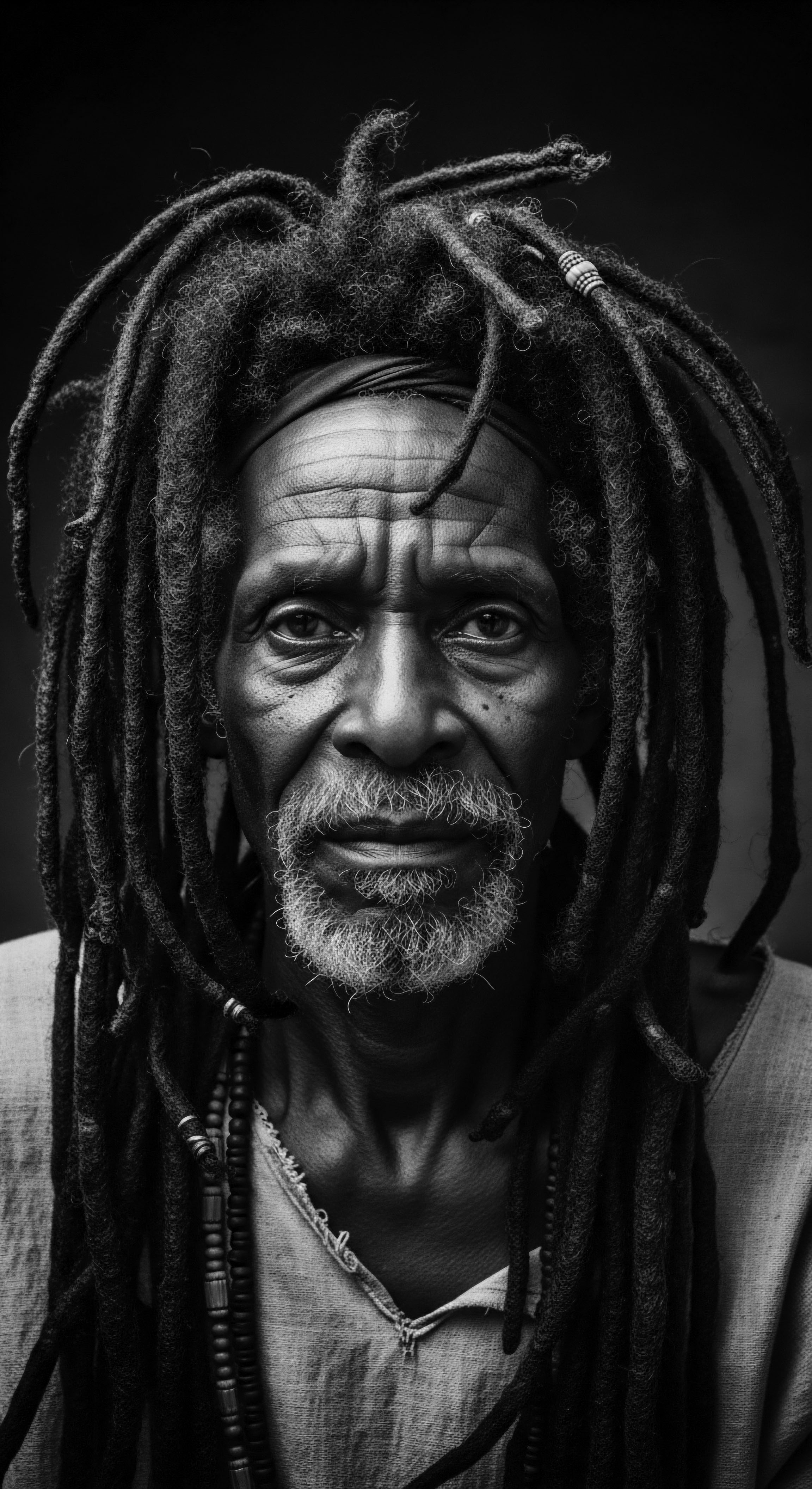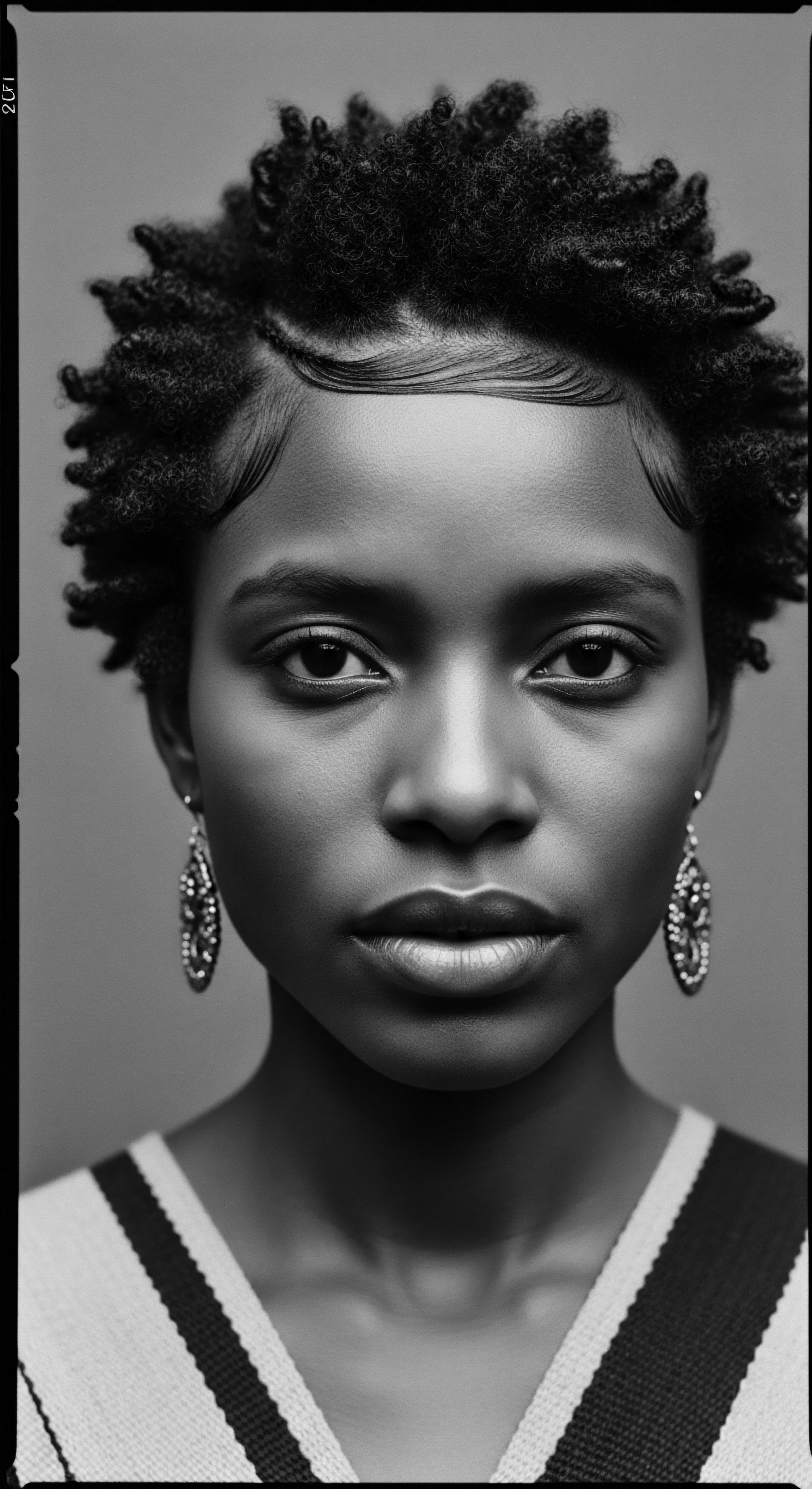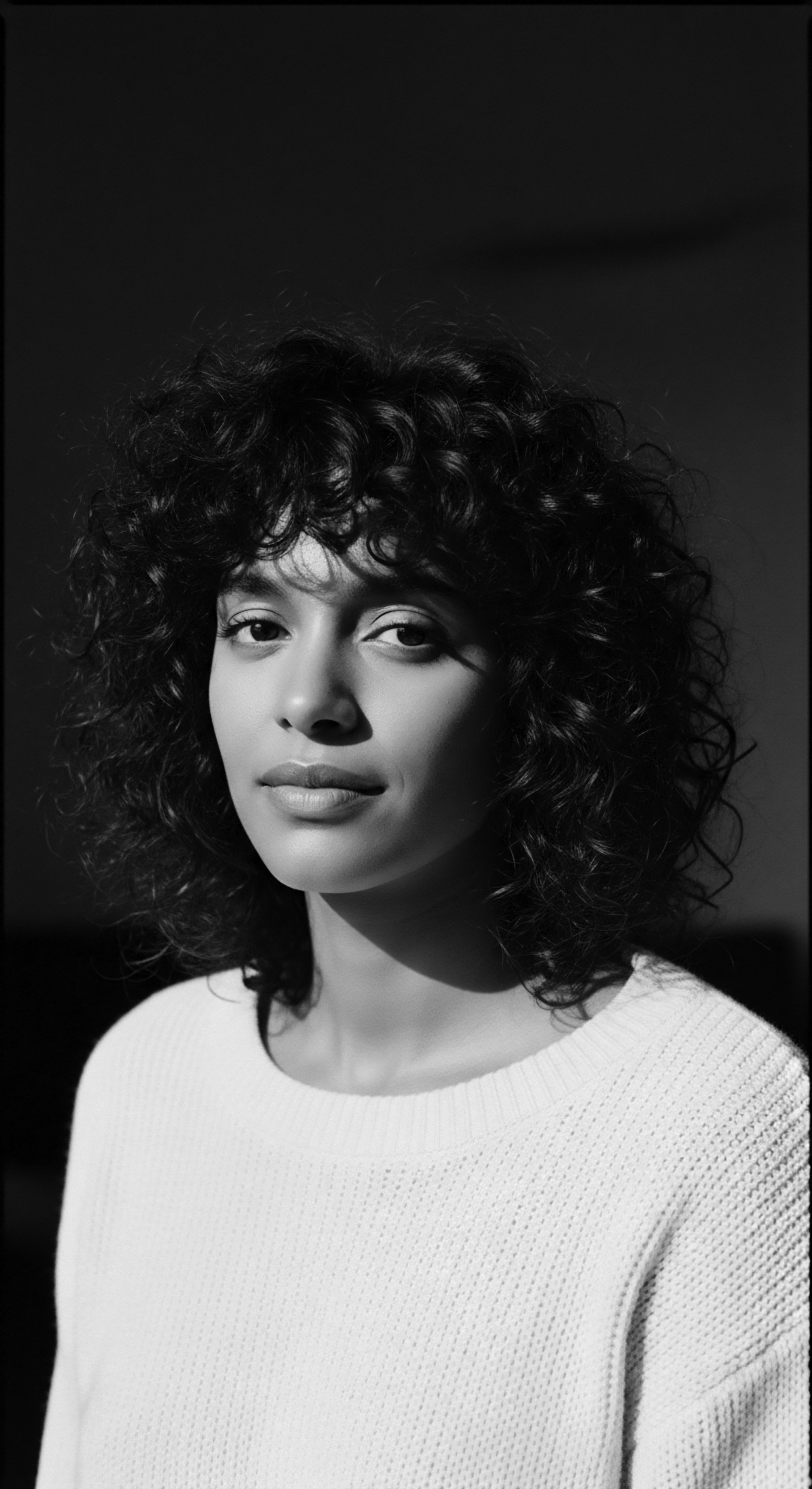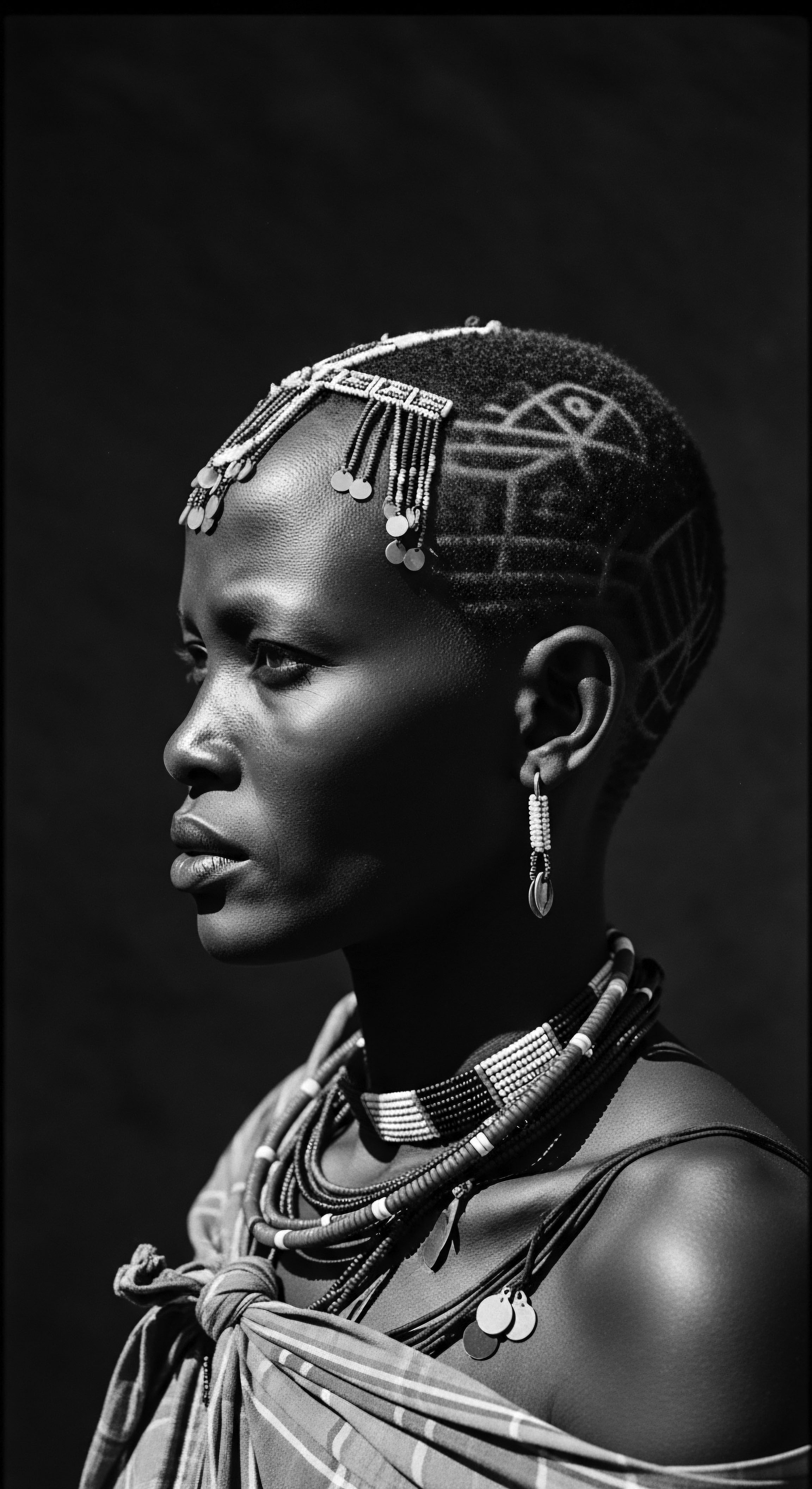
Oily Scalp
Meaning ❉ An oily scalp occurs when sebaceous glands produce excess sebum, a natural oil, a condition interpreted differently across textured hair heritage.

Sebaceous Glands
Meaning ❉ Sebaceous glands produce sebum, a natural oil crucial for hair and scalp health, with unique implications for textured hair due to its structure.

Can genetic variations explain differing hydration needs in textured hair?
Genetic variations in hair structure and sebum production significantly influence textured hair's hydration needs, reflected in centuries of ancestral care.

